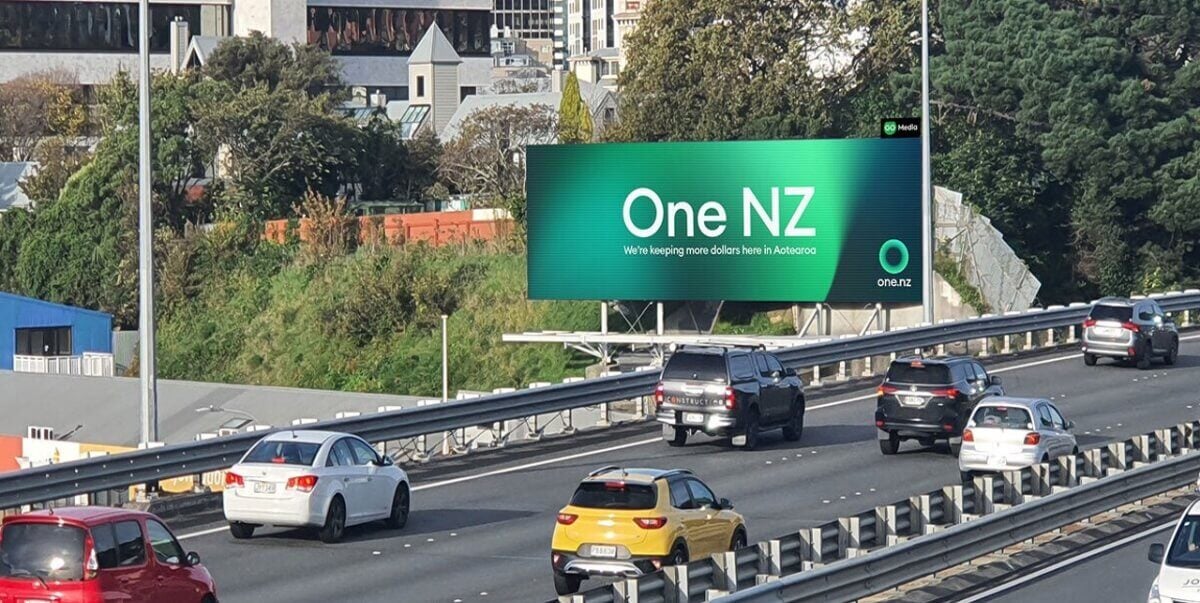
Navigating through the impacts of COVID-19 is obviously the most pressing focus for all of us in the out-of-home industry today. While there is no denying that we face a complicated path during the next few months, there are a few recent developments in the Canadian DOOH space that help keep me optimistic about the OOH bounce-back in our market.
One of the most exciting developments in the DOOH space recently is that we’ve achieved true maturity as a programmatic marketplace. For programmatic to work properly, you need to have inventory liquidity. Programmatic access doesn’t much benefit a buyer if they are only accessing a small slice of the market – you need to have centralized access to the full landscape.
While in the U.S. market it took several years for programmatic to achieve that universal media owner buy-in, in Canada we’ve moved much faster. Today a buyer can access all major OOH media networks through the Vistar platform (including Pattison, OUTFRONT, Astral, and more than 15 other networks.) With full inventory access, buyers can truly let data direct their budgets to the most impactful media. And when it comes to using data in OOH, this is an area where we’ve also seen some positive developments recently. Buyers are increasingly gaining sophistication in how they evaluate and apply data-driven solutions for targeting.
Essentially, there are two approaches to targeting in the market - non movement-based and movement-based:
- Non movement-based targeting solutions do not take into account people’s movement patterns. Instead, these approaches leverage geographical factors, such as postal codes or proximity, to make decisions about where media should run. Board scoring is the most common form of this approach, and this works quite well for static out-of-home campaigns.
- Movement-based targeting reflects the real-world behaviors of consumers as they move throughout the day. These solutions rely on location data to form the most accurate picture of where and when your audience is most likely to be. This approach adjusts media placements based on both time and location, delivering media in different locations throughout the day as the audience patterns move.
In Canada, the earliest programmatic platforms to enter the market offered non-movement based targeting solutions. These were great steps to automate existing OOH buying methods. While a slightly more recent entrant to the market, Vistar enables buyers to take advantage of movement-based targeting based on GPS location data. Many brands have adopted new DOOH strategies to run media only where and when their consumers are most likely to be in those locations. In addition, it’s exciting that we are starting to see more revenue growth coming from brands that traditionally focused on online direct response, as the DOOH industry demonstrates the accuracy and effectiveness of these new programmatic strategies.
While these are all positive developments, as an industry we do need to tackle the issue of standardization. In Canada we do not have a clean definition of appropriate methodologies for determining exposure or measuring the impact of OOH. This issue has to be addressed if we hope to continue the growth of OOH, and certainly in programmatic the entrance of large omnichannel DSPs into the space is accelerating the need for a solution.
Vistar has several resources available for both buyers and media owners to share our analysis of current data and the best strategies we’ve seen from clients and across the industry regarding how to navigate the challenges of COVID-19 on our industry. Thanks to the maturity of programmatic in our market, I’m optimistic that we’ll see a return as brands embrace a flexible way to reinvest in OOH, and take advantage of the centralized marketplace and sophisticated and efficient targeting capabilities.


